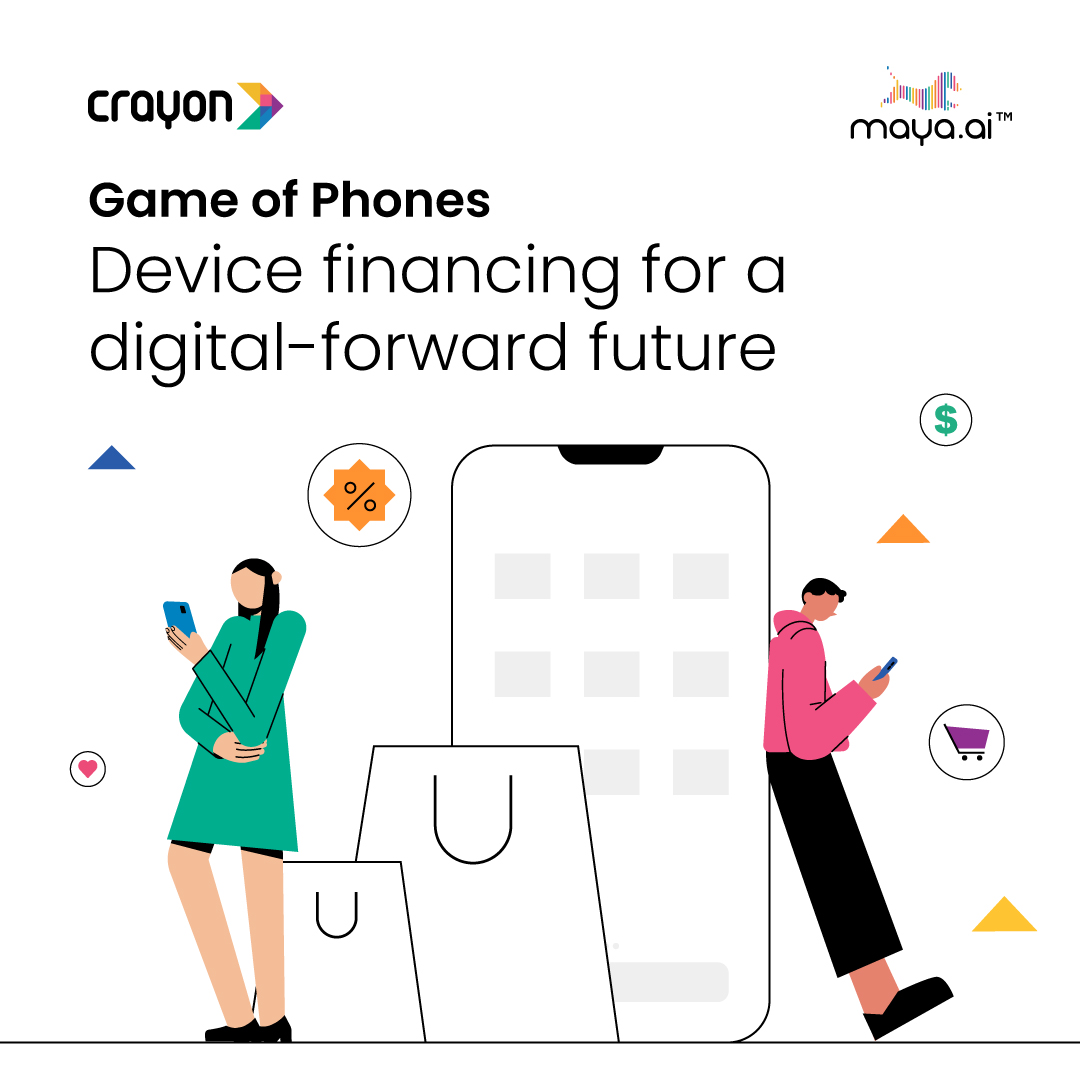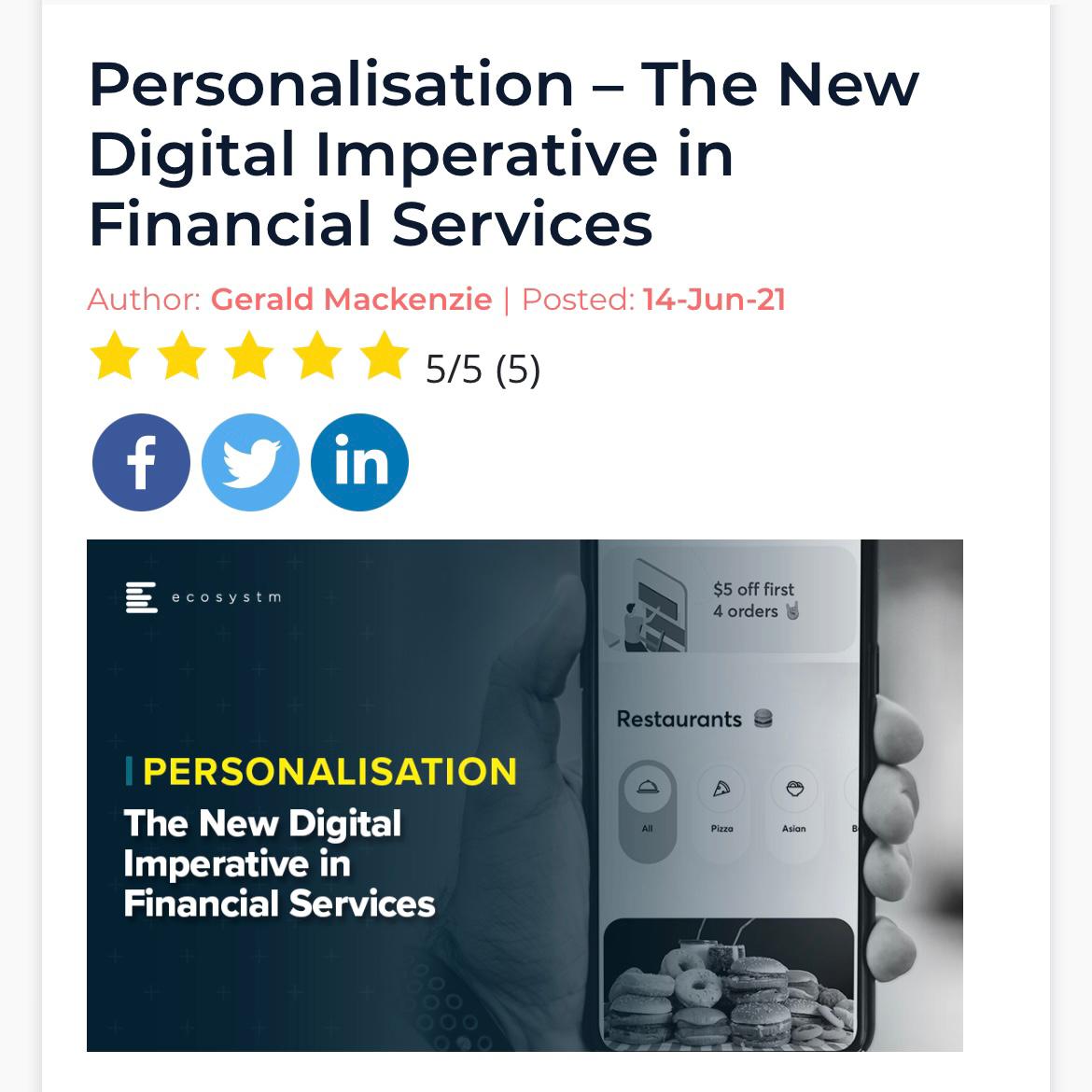Right now, banks face more competition from non-banking FinTech players than ever before. They have ushered in a new era of relevance and personalized online experiences, that has elevated customer expectations. Due to the competition, banks find it difficult to acquire new customers and retain their loyalty. If they fail to adapt to the new normal, they will face shrinking profits, and will lose out on customer interest. By 2025, FinTech startups could take away over $280Bn of payment revenue from banks.
In order to stay top of the game, banks must move their offerings to digital first platforms, with a 360° customer experience. And quite a few financial institutions across the world are already on their digital transformation journeys. A survey done by Fujitsu suggests that finance companies are the most advanced when it comes to digital transformation. Nearly 89% of them have adopted transformative tech in order to improve customer experience.
What customers expect from a digital-first bank
As the demand for digital first banking solutions increase, customers expect a certain standard of services from their banks. They want their banks to create holistic experiences. Right from safe and secure payment platforms, personalized insights and financial advice, to credit card offer recommendations based on their preferences.
Customers mostly expect 4 key things from their digital banking platform:
-
Easy-to-use: Even though customers look forward to a wide range of features from their banks’ digital platform, simple, accessible and easy-to-use platforms are their priority. Banks need to invest in the best UI/UX in order to meet current standards and expectations.
-
Personalized services: The need of the hour is relevance. Banks need to be relevant to their customers, partners and merchants in order to drive business. Despite shifting consumer trends. Banks can analyze customer data to better understand their customers’ needs. Personalize services and communication based on those insights for better engagement.
-
Data security: Most customers, especially in Europe and the Oceania region, do not trust their banks with their data. With the advent of digital transformation, data security is the number one concern for customers, while adopting an online banking service. In order to alleviate this , banks must invest in tech that doesn’t require personal identifiable information (PII) .
-
Real-time assistance: In the current fast-paced digital world, the patience of an average consumer usually wears thin after the first few seconds. Customers require solutions in real-time. Banks can provide this through AI, chatbots and co-browsing.
Personalization starts with trust
Right now, personalized banking services is the key to successful digital transformation journeys for banks. In order to be a game changer, banks need to deliver the right individual experience to the right person, through the right channel, at the right time. BCG estimated that for every $100Bn assets that a bank has, they can achieve as much as $300 million in revenue growth by personalizing its customer interactions.
However, in the wake of the current pandemic, banks also need to stay relevant and true to their customers’ needs. It’s the new norm for enhancing customer experience. This enables customers to trust their banks and build brand loyalty.
They can do this by using their customer data, safely and securely. The insights-driven from the data can help personalize customer journeys and offer recommendations. This includes tips on wealth management and risk mitigation, and recommendations for the right credit cards and offers. For example, KIWI Wealth in New Zealand provides ROBO-Advice. As the first financial services provider in New Zealand to receive approval from the Financial Markets Authority (FMA) for their personalized financial advice platform, they were able to gain their customers’ trust.
Once banks gain their customers’ trust, personalization can open many doors for both banks and their customers. They can anticipate customer needs, engage with them accordingly, and create a secure ecosystem for everyone.
To do this, they need to partner with FinTech companies, who have access to the right talent and technology. For example, AI-platforms like maya.ai help banks stay relevant, through changing times and to their customers’ needs.. The platform helps banks understand their customers, manage merchants and offer partnerships, launch and track campaigns and drive revenue. All from one single place.
Smart personalization is the way to go
While customer expectations may seem difficult for banks to manage at first, it’s easy to predict given the right data. In most cases, customers expect consistency and personalization in their banking experience. And with open and mobile banking, the possibilities for personalized customer experiences has increased.
Smart personalization starts with seamless, consistent and relevant experiences. It features in every facet of a bank’s digital transformation journey. Right from UX/UI design, communication and to a bank’s offered services. Customer data and AI play a huge role in achieving that. The ability to go beyond just offer recommendations and targeted marketing, and create more personal, relevant end-to-end experiences for customers, will help banks overcome competition from FinTech players.
Also read about how AI can accelerate digital transformation for banks in Oceania



















